Christianne Morris (c.1804–1886)
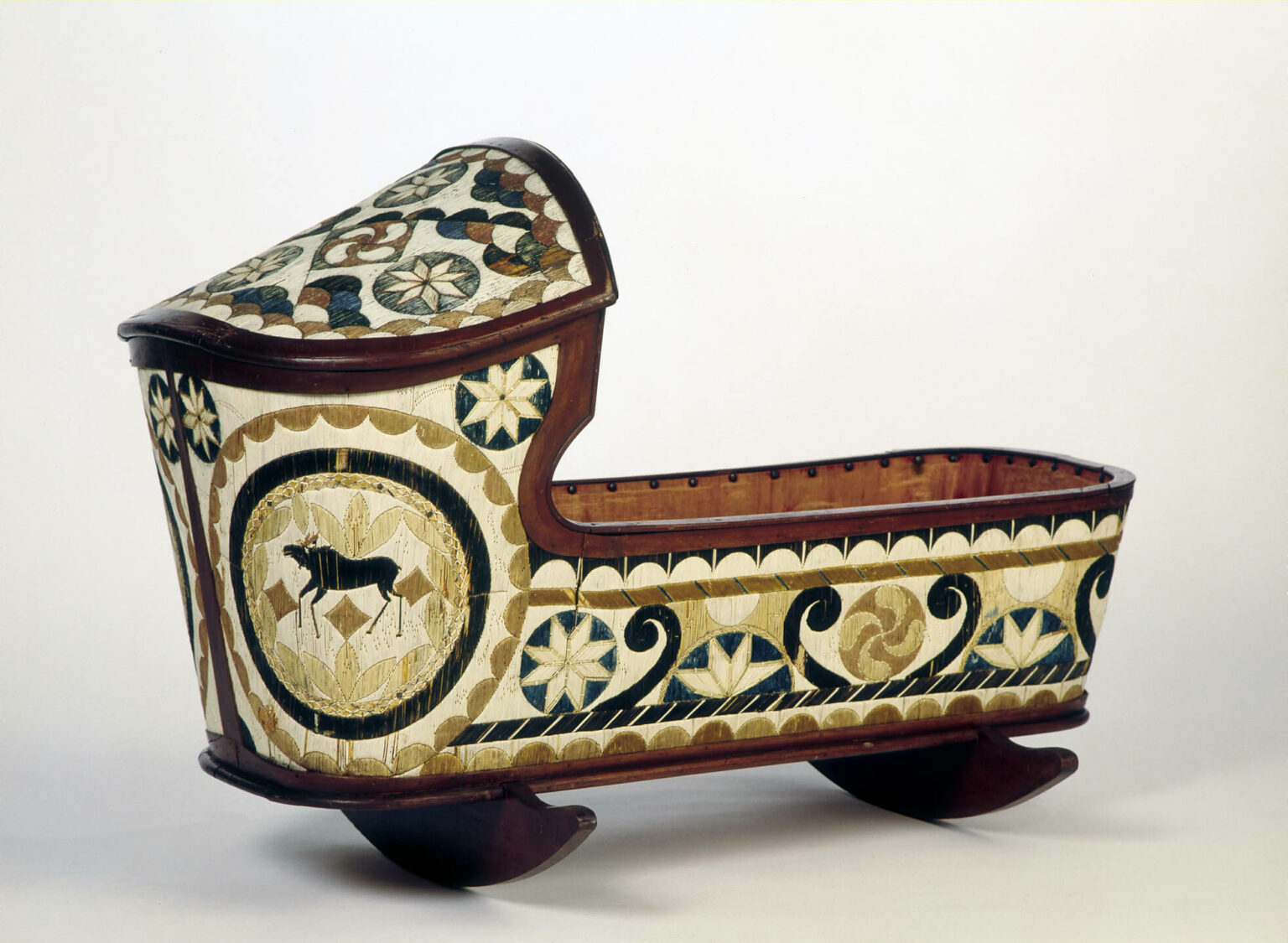
Mali Christianne Paul Mollise [known as Christianne Morris], with cabinetwork by Alexander Strum, Hooded Cradle, 1867
Birch bark and porcupine quills, 70 x 90 cm
DesBrisay Museum, Bridgewater
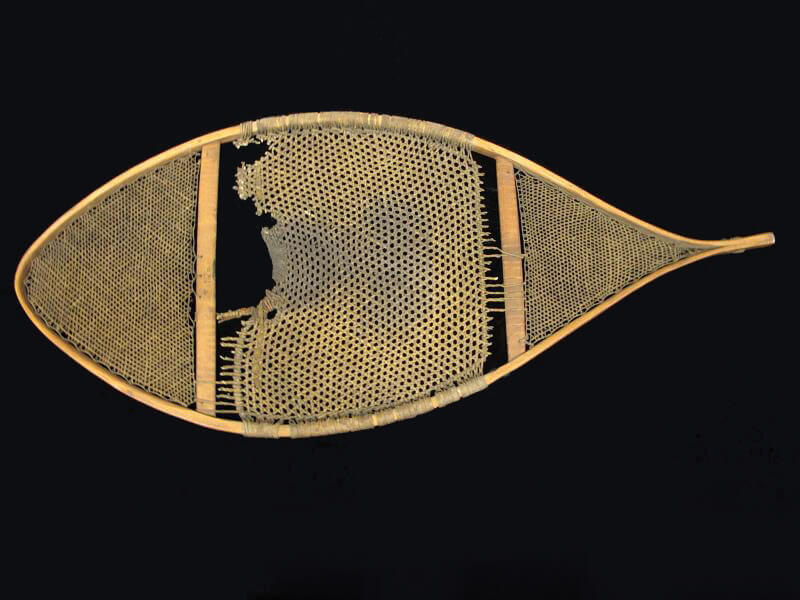
Mali Christianne Paul Mollise [known as Christianne Morris], Snowshoe, date unknown
Ash, maple, metal, and rawhide, 102.7 x 42.9 cm
Nova Scotia Museum, Halifax
A noted Mi’kmaw artisan and artist’s model, and a public figure in Halifax from around 1850 until her death in 1886, Christianne (also Christy Anne, Christine, Christiana) Morris had a large body of work that is represented now by just two pieces: a magnificent wooden hooded cradle, decorated with quillwork panels, in the collection of the DesBrisay Museum in Bridgewater, and a pair of snowshoes made for a mayor of Halifax, in the collection of the Nova Scotia Museum. Contemporaneous records detail gifts of her work to visiting dignitaries, including the Prince of Wales, and the presentation of work by her to Queen Victoria. There are several examples of Mi’kmaw quillwork and clothing in the British Royal Collection; likely some (if not most) are by Morris, but no maker is listed in their database.
Morris, who was born Christianne Paul in Stewiacke around 1804 (on the Sipekne’katik territory of Mi’kma’ki), married young and moved to Halifax to live with her much older husband, Tom Morris. Her husband died early on in their marriage, and Morris adopted an orphaned niece, Charlotte, and a boy, Joe, raising them on her own. Charlotte went on to also be a popular artist’s model, and it is often unclear if surviving images are of her or of her aunt.
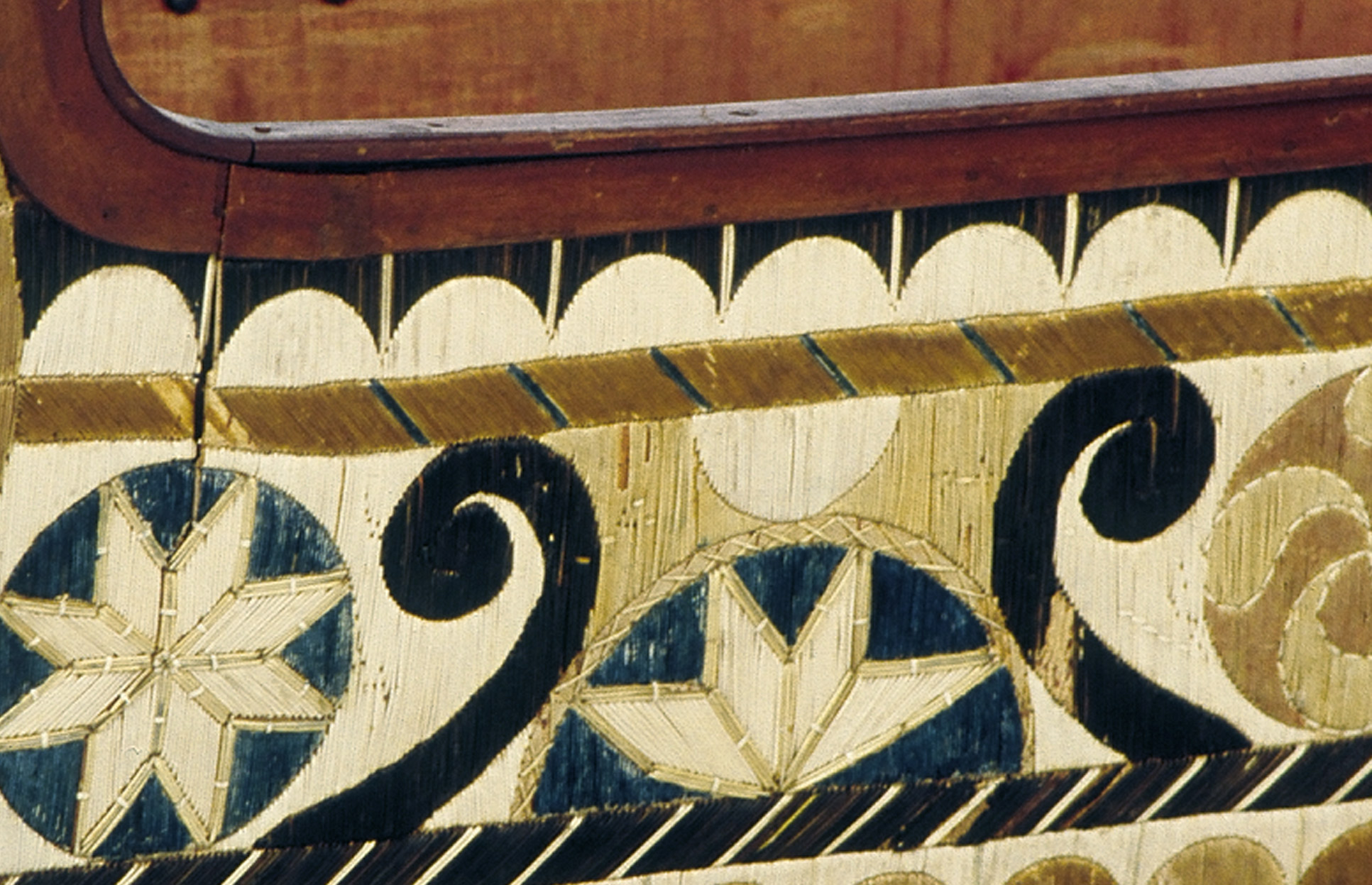
Many stories survive about Morris, such as those about her friendships with succeeding Halifax mayors and a premier, Joseph Howe (1804–1873), and about her presentation of a pair of moccasins to Queen Victoria, which supposedly led to a land grant from the Queen for a property on the Northwest Arm. Whether or not the land was granted to her by Queen Victoria, in 1855 Morris did build a house on it and maintained a small farm there for the remainder of her life.
Morris’s hooded cradle was made around 1867 for her friend Reuben Rhuland. According to historian, author, and curator Harry Piers (1870–1940), she told Rhuland that the panels matched those of a cradle she had earlier made as a gift for the infant Prince of Wales. The cradle is often credited as being the largest existing piece of Mi’kmaw quillwork and features several traditional Mi’kmaw quilling motifs: the Northern Lights and Starfish motifs among them. It also features two central designs of moose in circular panels, a realism that was rare in Mi’kmaw quillwork.
In addition to quillwork, Morris was well regarded for her skill at other traditional Mi’kmaw crafts, including tool-making. In 1854 she won first prize at the Provincial Exhibition for a “full-sized birchbark canoe and worked paddles.” She also won second prize for a “nest of six quilled boxes.” She was often a model for artists and several paintings and photographs exist that are attributed as portraits of her.

 About the Author
About the Author
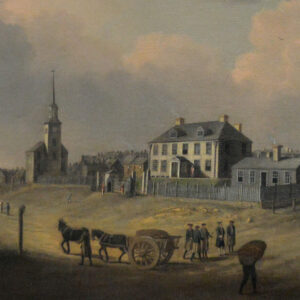 More Online Art Books
More Online Art Books
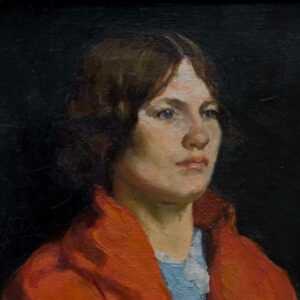 Acknowledgements
Acknowledgements